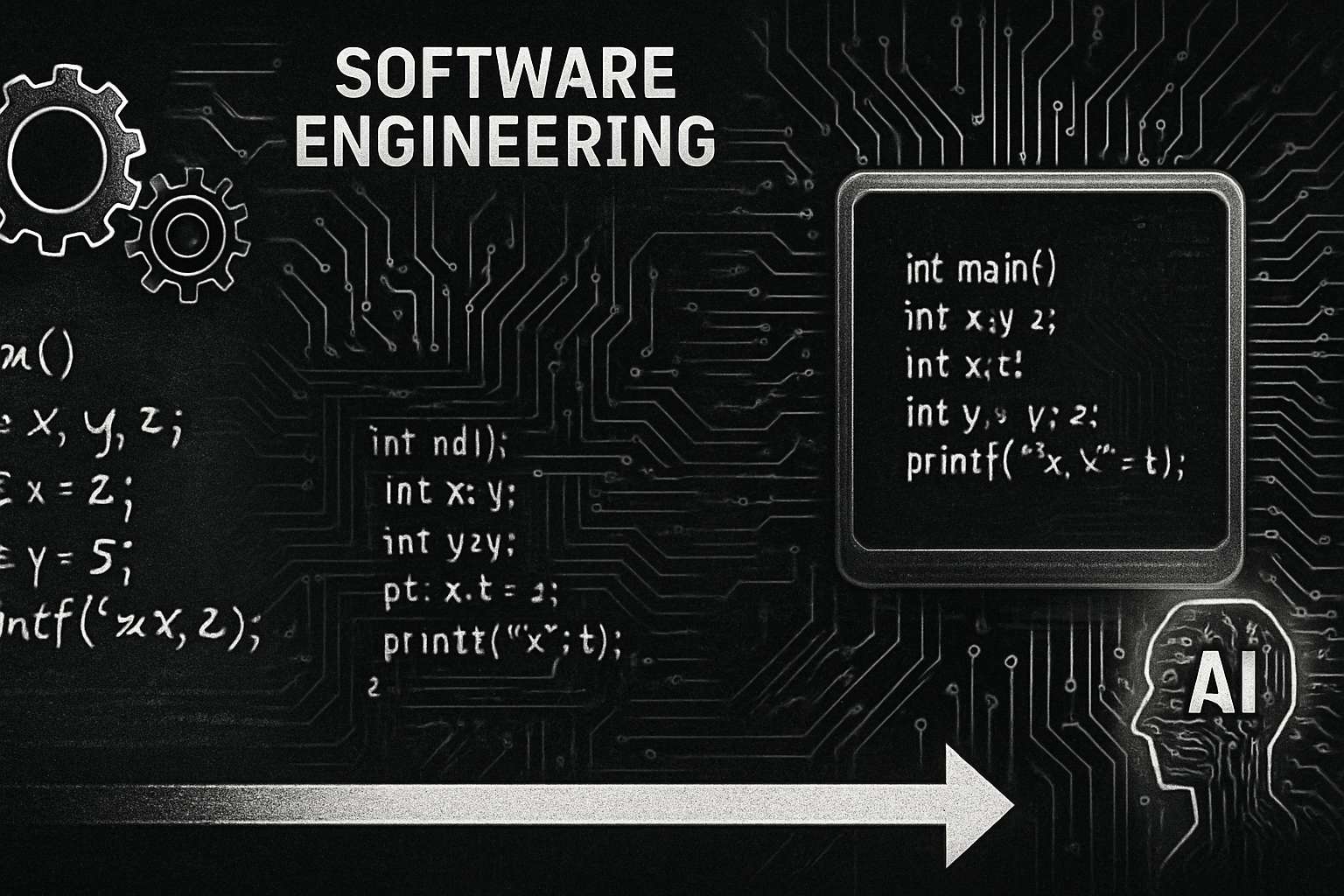
AI CERTS
4 hours ago
Claude Code fuels software engineering transformation
Developers want speed, yet they cannot ignore risk. Consequently, the lessons extend beyond Anthropic to any team exploring agentic tools. This article synthesizes the session, follow-up coverage, and market data. Moreover, readers will learn why 90% AI-written production code is possible, and what must change next.

Furthermore, we explain how continuous internal shipping and weekday external releases reshape delivery culture. Finally, we examine the implementation speed bottleneck shift now facing high-performing teams.
Velocity Lessons From QCon
Wolff opened with numbers that startled veterans. During peak sprints, Claude Code generated 90% AI-written production code across several microservices. Consequently, human engineers focused on reviewing diffs and steering architecture.
Furthermore, the team practiced continuous internal shipping to Anthropic’s staging environment every hour. They then cut weekday external releases once daily, maintaining predictable rhythms for customers. In contrast, traditional weekly deploy cycles felt glacial by comparison.
Wolff stressed that velocity thrived when experiments stayed small and reversible. Therefore, the mantra became ship, observe, unship. He credited feature flags, tight monitoring, and automated rollbacks.
These tactics formed the foundation for their next software engineering transformation milestone. Fast loops create momentum; however, they demand disciplined safeguards. Next, we explore how architecture choices enable that pace.
Architecture Prioritizes Fast Feedback
Claude Code’s backend favors simple, composable services. Moreover, asynchronous generators replaced bulky task queues, slashing latency. Typed interfaces reduced cross-team misunderstanding and eased code review.
The result again delivered 90% AI-written production code in latest modules. Meanwhile, continuous internal shipping exposed regressions within minutes, not days. Developers could iterate safely because tests and sandboxes isolated dangerous commands.
Anthropic’s blog cites an 84% reduction in permission prompts after sandboxing. Consequently, agent autonomy grew without sacrificing security. Such incremental wins illustrate a deeper software engineering transformation underway.
However, architecture alone cannot erase new bottlenecks. Teams achieved speed, yet other constraints emerged. The next section details those shifting pain points.
Shifted Bottlenecks Demand Process
When coding time collapses, release management becomes the slowest link. Anthropic labels this phenomenon the implementation speed bottleneck shift. Consequently, approvals, compliance checks, and customer communication now dominate schedules.
Wolff noted engineers who once coded now write release notes. Therefore, the company formalized weekday external releases to balance flow and oversight. Additionally, continuous internal shipping keeps stakeholders informed before public pushes.
Nevertheless, tooling still lags at change-log generation and multi-region rollout. Business Insider’s reviewer adopted hourly backups after destructive cleanup commands. Such coping strategies indicate the software engineering transformation is unfinished.
Process now gates delivery more than code writing. Security realities intensify that challenge.
Security Risks And Safeguards
Agentic capabilities invite attackers as well as builders. Anthropic disclosed an espionage attempt using autonomous workflows against thirty targets. Guardian coverage sparked debate over real impact levels.
Moreover, the incident involved an estimated 80–90% autonomous control, echoing 90% AI-written production code claims. Consequently, regulators requested audit logs and independent validation. Anthropic responded with sandboxing, stricter scopes, and transparent disclosures.
Their October blog reported permission prompt drops that support safer continuous internal shipping. Nevertheless, the implementation speed bottleneck shift now includes security sign-off. Teams must balance haste with forensics.
Therefore, certification and structured training can mitigate risk. Professionals can enhance their expertise with the AI Developer™ certification. These safeguards reinforce the broader software engineering transformation landscape.
Security maturity will define trusted AI tooling. Market forces still push adoption, as the next section shows.
Market Context And Adoption
Survey data reveals dramatic mainstreaming of AI coding assistants. Stack Overflow reports 51% of developers using such tools daily. Similarly, market analysts expect double-digit compound growth through 2027.
Claude Code competes with Copilot, Gemini, and CodeWhisperer. Yet its agentic design and 90% AI-written production code narrative differentiate positioning. Weekday external releases also align with SaaS customer expectations.
Analysts argue that an implementation speed bottleneck shift forces vendors to streamline deployment pipelines. Consequently, tooling vendors race to automate staging, compliance, and observability. These trends reinforce momentum behind the ongoing software engineering transformation.
- Stack Overflow survey: 51% daily AI tool use, signaling an irreversible software engineering transformation.
- Market size debates place AI developer tooling above $3 billion, with high double-digit CAGR.
- Anthropic claims autonomous code generation across core services, driving investor interest.
Adoption curves accelerate due to clear ROI. Next, we translate insights into actionable guidance.
Practical Guidance For Teams
Leaders should start with a narrow, well-instrumented pilot. Moreover, enforce feature flags and easy rollbacks. Maintain hourly backups until confidence grows.
Document every instance of implementation speed bottleneck shift to isolate true constraints. Schedule weekday external releases to protect on-call staff. Nevertheless, never bypass human review for sensitive modules.
Continuous learning boosts success; therefore, consider formal training paths. Again, the AI Developer™ certification offers structured curricula. These steps accelerate any software engineering transformation without amplifying risk.
Pragmatic safeguards unlock sustainable velocity. Finally, we look ahead to future developments.
Looking Ahead With Certifications
Market momentum shows no sign of slowing. Anthropic plans richer IDE plugins and smarter context handling. Consequently, teams will soon face even sharper deployment delays.
Meanwhile, regulatory frameworks are catching up. Therefore, upskilling remains critical. Professionals pursuing the AI Developer™ certification position themselves for leadership.
Such preparation supports the broader software engineering transformation journey. Transformation is ongoing, but disciplined teams can thrive. Adoption, governance, and training will decide winners.
Claude Code proves velocity is now a product choice. However, security, release management, and skills development shape outcomes. Teams embracing hourly internal pushes and weekday external releases unlock speed yet stay safe.
Ultimately, the software engineering transformation favors those who learn, measure, and iterate. Therefore, explore the AI Developer™ certification and lead your organization into the next chapter.



